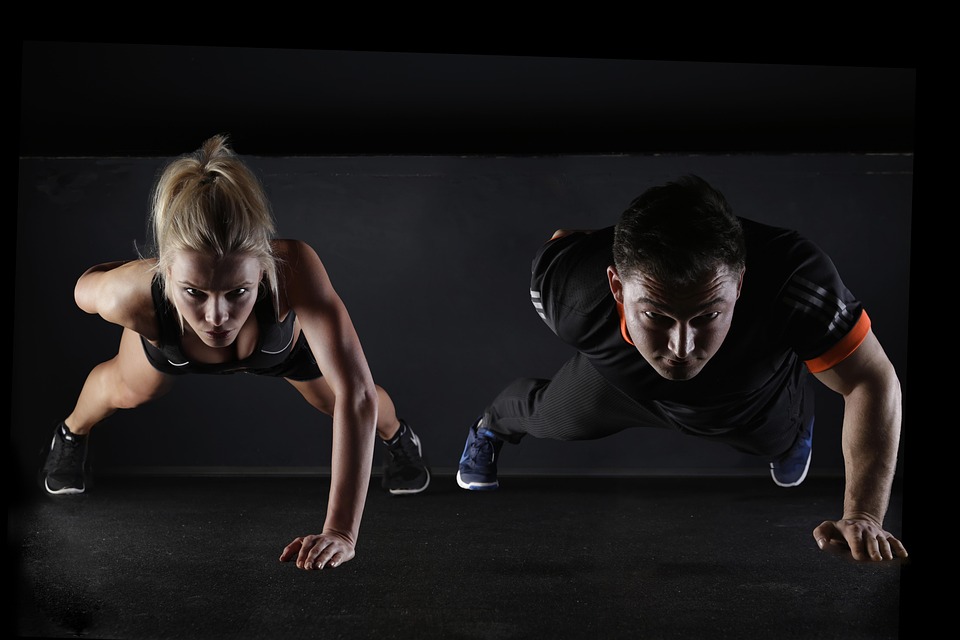From Skeletal to Super: Understanding the Different Types of Muscle Tissue
Muscle tissue is a vital component of the human body, enabling movement, providing structural support, and contributing to various physiological functions. Muscles can be categorized into three primary types: skeletal, cardiac, and smooth muscle. Each type plays a unique role, characterized by distinct structures and functions. In this article, we will explore the differences among these muscle types, their respective functions, and how they contribute to overall health and well-being.
1. Skeletal Muscle: The Power Players
Skeletal muscle is the most abundant type of muscle tissue in the body, accounting for roughly 40% of total body weight. These muscles are under voluntary control, meaning they can be consciously controlled, allowing for movement of the skeleton. Skeletal muscle fibers are long, cylindrical, and multi-nucleated, exhibiting a striated appearance under a microscope due to the arrangement of actin and myosin filaments.
Functions of Skeletal Muscle
- Movement: Skeletal muscles facilitate voluntary movements, such as walking, running, and lifting.
- Posture: These muscles help maintain posture by resisting the pull of gravity.
- Heat Production: During contraction, skeletal muscles generate heat, contributing to body temperature regulation.
Adaptation and Functionality
Regular exercise, particularly resistance training, can lead to hypertrophy (muscle growth) of skeletal muscle fibers. This not only enhances strength and endurance but also plays a critical role in metabolic health, helping to reduce the risk of obesity and related diseases.
2. Cardiac Muscle: The Heart’s Engine
Cardiac muscle is found exclusively in the heart. It is an involuntary muscle, meaning it functions without conscious control. Cardiac muscle fibers are striated like skeletal muscle but are connected at intercalated discs, allowing for synchronized contractions. This unique structure enables the heart to pump blood effectively throughout the body.
Functions of Cardiac Muscle
- Pumping Blood: The primary function of cardiac muscle is to contract rhythmically and pump blood throughout the circulatory system.
- Automaticity: Cardiac muscle possesses the ability to generate electrical impulses that initiate contraction, allowing the heart to beat autonomously.
Adaptation and Health
Regular cardiovascular exercise strengthens the cardiac muscle, improving its efficiency and endurance. This results in a lower resting heart rate and improved circulation, both of which are essential for overall cardiovascular health.
3. Smooth Muscle: The Unsung Hero
Smooth muscle is found in the walls of hollow organs such as the intestines, blood vessels, and the bladder. Like cardiac muscle, smooth muscle is also involuntary. The fibers are spindle-shaped and lack the striations seen in skeletal and cardiac muscle, giving them a smooth appearance under the microscope.
Functions of Smooth Muscle
- Peristalsis: Smooth muscles in the gastrointestinal tract facilitate the movement of food through contraction and relaxation, a process known as peristalsis.
- Vasodilation and Vasoconstriction: In blood vessels, smooth muscle regulates blood flow and blood pressure by contracting and relaxing.
- Other Functions: Smooth muscle plays roles in various other functions, including regulating airflow in the respiratory system and controlling the expulsion of urine from the bladder.
Adaptation and Health
Incorporating activities such as yoga and stretching can enhance the flexibility and function of smooth muscle. This is particularly beneficial for maintaining digestive health and vascular function.
Conclusion
Understanding the different types of muscle tissue—the skeletal, cardiac, and smooth—provides insight into the complex systems that facilitate movement and maintain bodily functions. Each type of muscle not only serves specific roles but also adapts to various physical demands and exercise regimens, contributing to our overall health and well-being.
By engaging in a balanced fitness program that includes strength training, cardiovascular exercise, and flexibility workouts, individuals can optimize the health of their muscle tissues. Embracing this knowledge allows us to appreciate the remarkable capabilities of our body while motivating us to prioritize physical activity for a healthier lifestyle. So whether you’re building strength, improving heart health, or enhancing mobility, remember that muscle tissue is at the core of it all—transforming you from skeletal to super!
[Learn more about muscle tissue and its functions from [modern_footnote_source_link]].


























Add Comment